The Mate 30 Pro is the new premium smartphone from Chinese device maker Huawei, featuring top-end specs all around, including a large 6.53-inch OLED display, a powerful Kirin 990 chipset with a new image signal processor (ISP), and an impressive-looking quad-camera setup at the rear.
In front, things look a little more conventional from a camera point of view. The Mate 30 Pro’s front camera uses a 32Mp sensor that is coupled with a 26mm-equivalent, f/2.0-aperture fixed-focus lens. Thus far the front camera specs are very similar to those of the P30 Pro, which was launched in February 2019. However, for better depth estimation in bokeh mode, Huawei has added a time-of-flight (ToF) sensor to the Mate 30 Pro’s front camera. In video mode, the Mate 30 Pro records 1080p footage at 30 frames per second. Read on to find out how the Huawei Mate 30 Pro performed in our front camera tests.
Key front camera specifications:
- 32Mp Quad-Bayer sensor
- 26mm-equivalent, f/2.0-aperture, fixed-focus lens
- Time-of-flight (ToF) sensor
- 1080p/30fps HDR video
Please note: The camera firmware used for the DXOMARK tests is not yet currently available to consumers. Huawei will make it available as an update in the near future.
About DXOMARK Selfie tests: For scoring and analysis in our smartphone front camera reviews, DXOMARK engineers capture and evaluate over 1500 test images and more than 2 hours of video both in controlled lab environments and in natural indoor and outdoor scenes, using the camera’s default settings. This article is designed to highlight the most important results of our testing. For more information about the DXOMARK Selfie test protocol, click here.
Test summary


At an overall DXOMARK Selfie score of 93, the Huawei Mate 30 Pro is not quite on the same level as the very best devices in our rankings, but makes it into the top five. The Mate 30 Pro improves its Photo from 90 to 97 points compared to the P30 Pro, despite a very similarly looking camera spec sheet, likely due to the improved image processing capabilities of the new Kirin 990 chipset.
In still image mode, exposure, color, and bokeh are the camera’s strong points. Target exposure on faces is consistently good in indoor and outdoor conditions, and thanks to a wide dynamic range, the camera can record decent highlight and shadow detail in difficult high-contrast scenes. (We saw slightly low contrast on faces in some low-light scenes and under indoor lighting, though.)
The Mate 30 Pro’s front camera also delivers good color results. Overall color rendering is fairly accurate, with only some minor green and yellow casts in outdoor conditions. It’s worth noting the score was slightly reduced by color shading issues that we observed in the laboratory, but which weren’t visible in our real-life samples.
The Mate 30 Pro front camera comes with a fixed-focus lens, which means that unlike autofocus-equipped models, such as the Asus ZenFone 6 and the Samsung Galaxy S10+, it cannot adjust its focus for very short or long shooting distances. Images are slightly soft at a 30cm shooting distance, but show good focus at 55cm and up to 80cm. However, at a typical selfie-stick shooting distance of 120cm, AF-equipped models do a noticeably better job.
A slightly limited depth of field also means that it’s difficult to get all subjects in a group portrait fully in focus if everybody is not on the same focal plane. In group selfies, only one or two faces are perfectly in focus.
In terms of detail and texture, the Mate 30 Pro front camera achieves good results so long as your images are in focus, meaning at subject distances around 55cm. Detail is good in bright outdoor light and under typical indoor conditions, but a loss of detail and texture is noticeable in low light, and/or if you move the camera closer to or further away from your face. Noise is fairly well-controlled in all conditions, with some coarse noise visible only in low light. The camera finds a good compromise overall between detail preservation and noise reduction.
When you activate the flash mode, the Huawei briefly cranks up the brightness of the outer area of its large display (while keeping the face visible in the preview) to illuminate your face, and this method works pretty well. Some light fall-off is noticeable towards the edges of the frame, but flash mode delivers consistent results; and when using only the flash for illumination, color rendering tends to be accurate and pleasant. White balance can turn a little pink under low ambient lighting, however.
Artifacts are pretty well under control on the new Mate, resulting in a good Artifacts score of 75. Our testers observed that skin sometimes appears unnaturally soft and without any detail or textures; but anamorphosis (face deformation close to the edges of the frame) is not visible, and all other artifacts are kept at bay as well.
At 70 points, the Mate 30 Pro achieves a decent score for its bokeh simulation in portrait mode. That’s ten points up from the P30 Pro, mainly due to the improved depth estimation that the new ToF sensor provides. Depth estimation is still not perfect, with some small artifacts visible in most situations, but it’s a noticeable improvement over the older model, and the blur gradient looks quite natural as well. On the downside, dynamic range is lower than in standard mode, which can result in some highlight and shadow clipping in challenging scenes; moreover, our testers also observed some tone compression in certain situations.
In video mode, the Huawei Mate 30 front camera records 1080p clips at 30fps. Like its overall score, its Video score of 88 points is not up with the very best, but is not too far off either.
Video clips recorded on the new Mate show good target exposure on faces in all conditions, including in low light. Dynamic range is also fairly wide, and the exposure system adapts quickly and smoothly to changes in the scene, without any instabilities.
As with stills, overall color rendering for video is good, but some slight blue or yellow/greenish casts can be visible in bright light. Our testers also observed some white balance instabilities at the start of videos when recording in low light.
In terms of focus range and depth of field, the Mate’s video performance is also similar to its still-image performance. Videos are slightly out of focus at a close shooting distance of 30cm, and a narrow depth of field means that the people closest too or farthest from the camera in group shots might be rendered soft. This said, the effect is slightly mitigated in the lower-resolution 1080p videos compared to the high-resolution still images.
Detail rendering is nice at a medium-range shooting distance of 55cm in both bright outdoor lighting and under typical indoor lighting conditions. Measured texture acutance is lower than for the best in class, however, and a loss of detail is noticeable in low light. Noise is fairly well-controlled in all conditions, though, and overall, the Mate’s video output finds a good balance between detail retention and the management of image noise.
Video stabilization is not one of the Mate 30 Pro’s strongest points. Some camera shake is noticeable when walking, and our testers observed face deformations in all light conditions when recording while walking and changing direction. Frame shifts are visible, too, and in terms of artifacts, we observed some tone compression when recording HDR scenes.
Conclusion
With an overall DXOMARK Selfie score of 93, the Huawei Mate 30 Pro makes it into the top five in our current ranking and delivers images with good exposure and color as well as a nice texture/noise trade-off in most conditions. The fixed-focus lens means that the camera is not ideal for close-range and selfie-stick shots, and video clips could do with slightly better stabilization, but the Mate 30 Pro is capable of recording decent still and video selfies overall. This said, if the front camera is a top priority for you, some better options are available.
Photo pros
- Fairly wide dynamic range
- Accurate target exposure on faces in all conditions
- Noise well-controlled in indoor and outdoor conditions
- Good detail in all conditions
- Good exposure and color when using flash without any ambient lighting
Video pros
- Accurate target exposure on faces and wide dynamic range
- Fast exposure adaptation in changing scenes
- Noise well-controlled in all conditions
- Good skin tone rendering in most conditions
Photo cons
- Limited depth of field, soft subjects at selfie-stick distance
- Occasional detail non-uniformity and artificial details visible on faces
- Occasional unnatural skin tone rendering
- Slight depth estimation artifacts in bokeh mode
Video cons
- Residual motion and face deformation visible in walking videos
- Some slight white balance casts visible in outdoor conditions
- White balance instabilities visible in low light
- Tone compression visible in high-contrast scenes


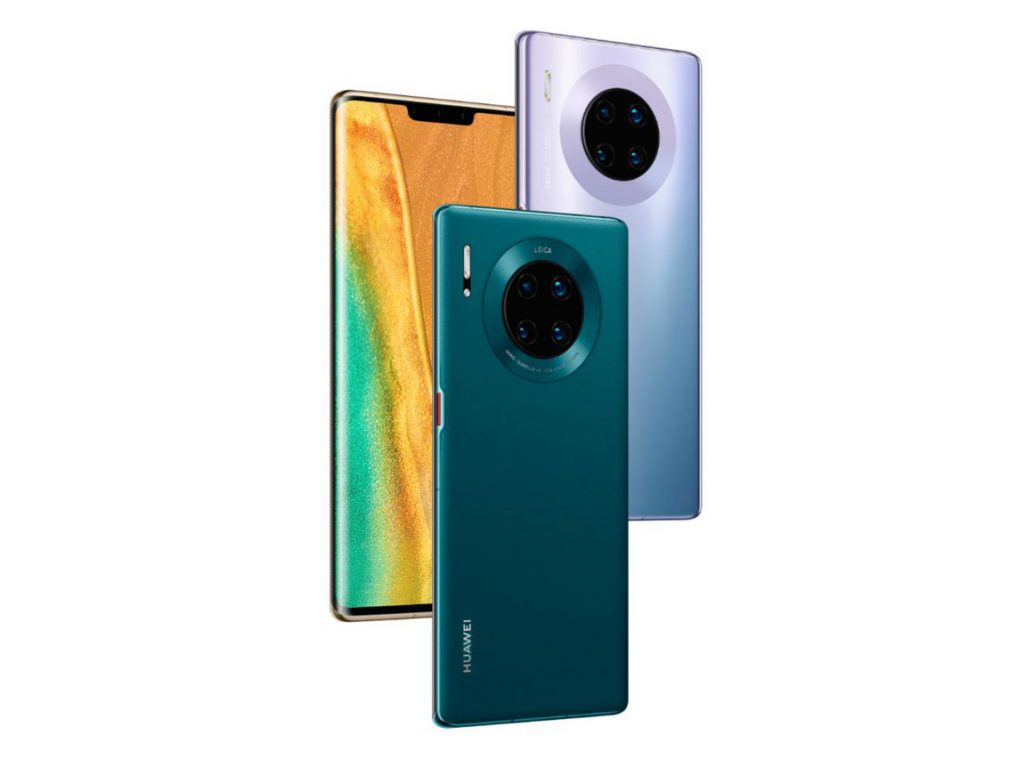
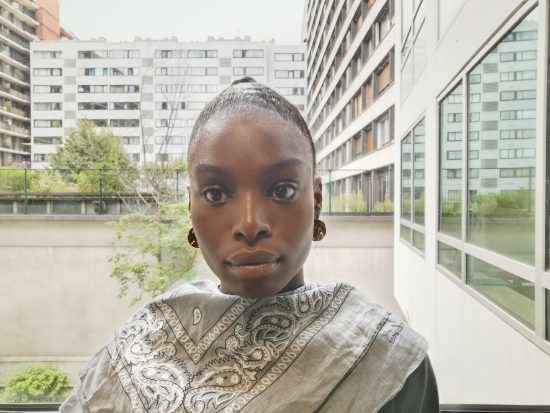
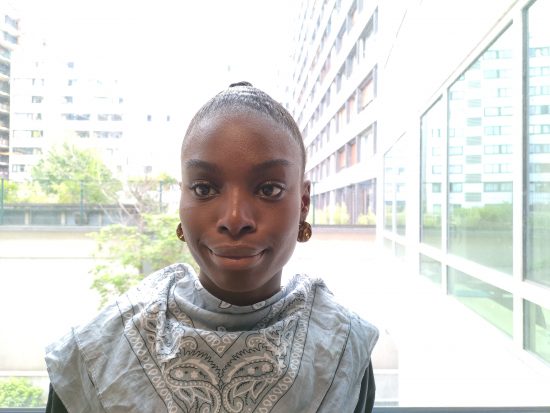
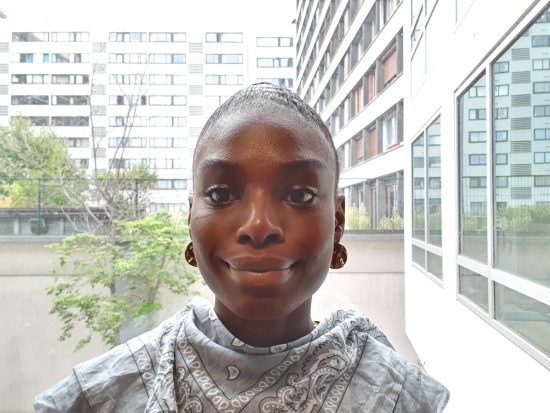













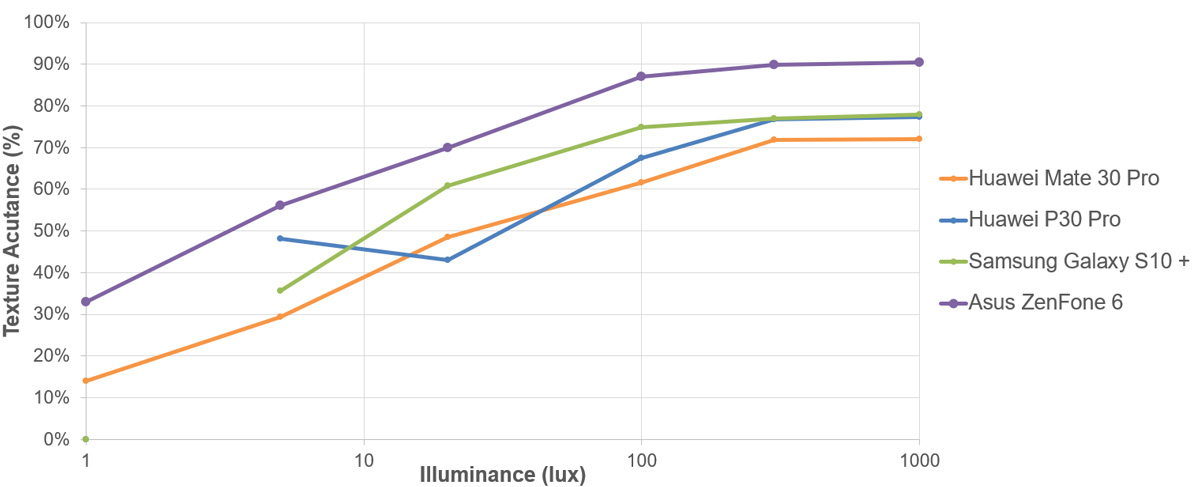
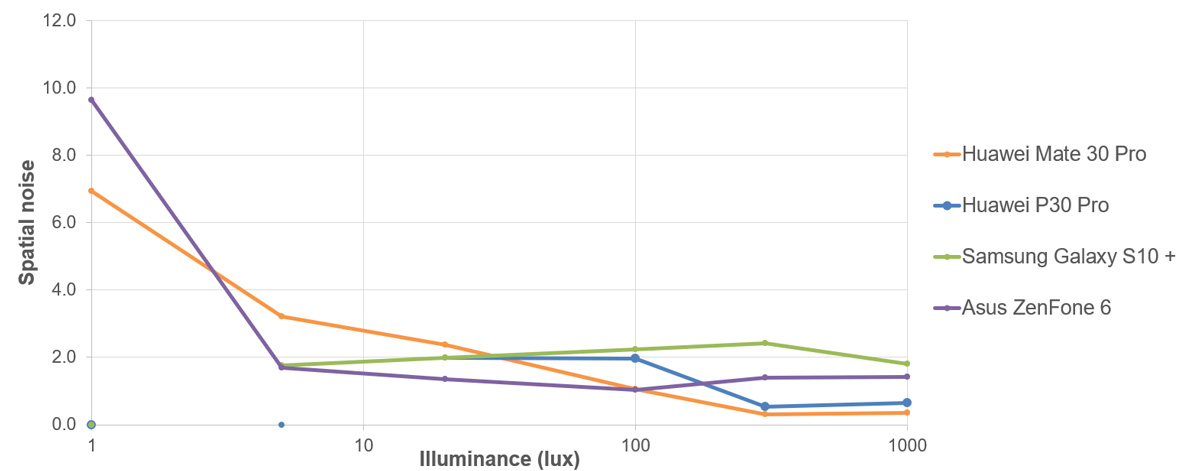
DXOMARK encourages its readers to share comments on the articles. To read or post comments, Disqus cookies are required. Change your Cookies Preferences and read more about our Comment Policy.